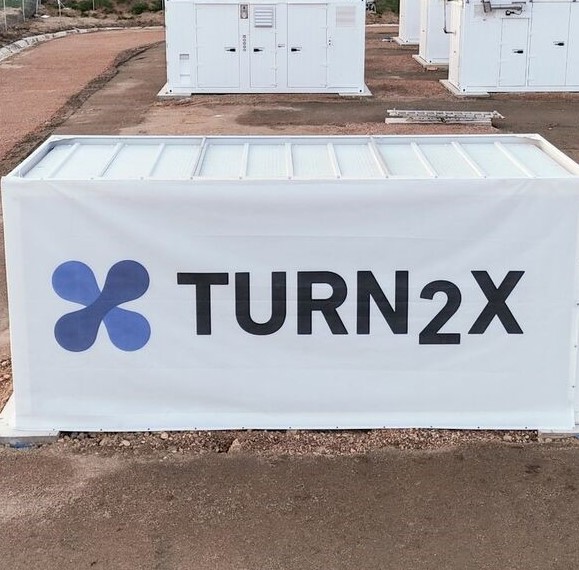Europe’s energy challenges and the need for decarbonization
The war in Ukraine has exposed Europe’s dependency on Russian gas. As a result, the European Union has formulated The REPowerEU plan, a strategic initiative that sets ambitious goals for energy independence and the share of renewable energy sources.
Gas represents more than 21% of Europe’s primary energy consumption and is still the dominant source of energy for households. The EU imports 80% of its gas needs. The EU gas network can transport and store large quantities of energy: it constitutes more than 200.000 km of transmission pipelines and over 2 million km of distribution network.
Industrial sectors such as chemicals, steel, glass, paper, cement, and food account for almost a quarter of the EU’s natural gas use. Of this, 85 percent is used for space and process heating.
Electrifying such processes could cut the industrial sector’s gas consumption in half. However, this is possible only at low or medium temperatures. A glass furnace, for example, runs at more than 1000 degrees Celsius all day. The pressure on heavy industry to decarbonize, however, is increasing.
Turn2X’s Innovative Solution
Turn2X has developed a novel process to convert renewable electricity into CO2-neutral electric natural gas. It leverages a more than century-old innovation—the Sabatier reaction, invented in 1902 by the French chemist named Sabatier. Since Russian gas was abundant and cheap for a long time, the Sabatier reaction was not used on an industrial scale in the past.

Turn2X uses solar energy to convert CO2 and water into renewable natural gas that is CO2-neutral. (Burning the gas still emits CO2, of course, but since the CO2 was captured in the first place, there is zero additional CO2 emitted, contrary to burning gas coming from the ground, which adds CO2 to the atmosphere.) Since the process can be switched on and off rapidly, it is ideally suited to work with intermittent energy sources such as solar.
Based on more than a decade of research by its Chief Technology Officer at the renowned Karlsruhe Institute of Technology, Turn2X has devised the best reactor layout possible. It optimizes the conversion rate and assures a methane content above 95%—the prerequisite for feeding the gas into the gas grid. This invention makes the process significantly cheaper than the former standard. While it is still more expensive than ordinary natural gas, scaling the technology will bring the price closer to parity.
Turn2X’s Global Expansion and Future Ambitions
The company built the first of its modular plants in Extremadura (Spain) in less than six months. Its entire output will be delivered to a German glass manufacturer (one of those industries dependent on gas) via existing gas pipelines. The plant will start operations in Q4 2024 and operate profitably without subsidies.
Turn2X is led by serial entrepreneur Philip Kessler and has attracted interest from the media, politics, and the partners needed to scale. In Spain alone, more than 150 potential site plants have been identified. Leading private equity firms have shown interest in financing the capital expenditure needed to build the plants. The location of the second commercial plant has been selected. With nine times the capacity of the first plant, it will be the largest renewable gas plant in the world.
Verve Ventures first invested in 2023 in Turn2X. It is an ideal example of a technology suited to combat climate change rapidly. For investors, it is good to see a company building a better future with a good business case today.
Eugen Stamm joined Verve Ventures in 2018 and covers startups and investment topics. He has invested in more than 30 startups and joined the board of directors of a fintech startup. Eugen has more than a decade of experience in financial journalism (including working for Neue Zürcher Zeitung) and wrote a book about family governance.